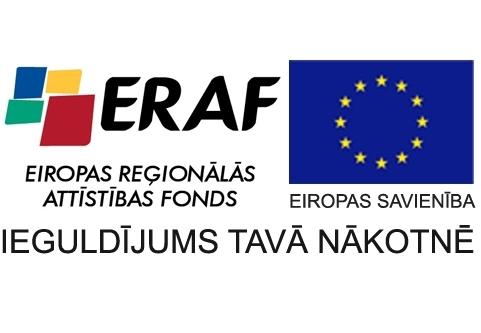.

Development of new method for detection of genetic variations significant in reproduction (III)
Project/agreement No.
2014/0048/2DP/2.1.1.1.0/14/APIA/VIAA/074
Project funding
290 102.00 EUR, including 268 344 EUR ERDF funding and 21 758 EUR RSU co-funding
Project manager
Project realization
01.08.2014. - 31.08.2015.
Aim
Develop a new method that can simultaneously identify genetic variations, which are the most common genetic causes of infertility, and which will provide a predictive evaluation of the outcome of extracorporeal fertilization. The use of the new method will result in the conclusion of a license agreement with the merchant, thus promoting the commercialization of research results in public health, including reproductive medicine
The specific objective of the project is to develop a new method for the simultaneous determination of reproductive genetic variations that can be used in clinical laboratories for standard laboratory equipment by medical service providers dealing with infertility diagnosis, treatment and artificial insemination. The method allows for predictive, evidence-based offer ECA method for diagnoses for couples or individual mothers
The specific objective of the project is to develop a new method for the simultaneous determination of reproductive genetic variations that can be used in clinical laboratories for standard laboratory equipment by medical service providers dealing with infertility diagnosis, treatment and artificial insemination. The method allows for predictive, evidence-based offer ECA method for diagnoses for couples or individual mothers
Description
Activities of the project
- Development of a method for the simultaneous determination of genetic variations of reproduction. As a result of the project, a specific composition of reaction components and specialty chemicals for multiplex PCR will be developed and expert judgment from external quality control schemes on the effectiveness of the method for determining the genetic variation of reproduction shall be obtained. A method for the simultaneous determination of genetic variations of reproduction will be developed
- Preparation and submission of scientific publications for publishing the results in both the Latvian scientific periodicals and internationally reviewed scientific journals
- Licensing research results: at the end of the project, the new method will be sold to a merchant who will obtain license rights, thus the merchant will be able to use this license to provide new diagnostic services and to create a diagnostic test. It is planned that the license agreement with the merchant will be concluded within one year after the end of the project, that is, by the end of August 2016
The obtainer of the license will be able to provide the service in the domestic market, as well as promote the development of medical tourism. Project results will be published in internationally reviewed scientific journals



